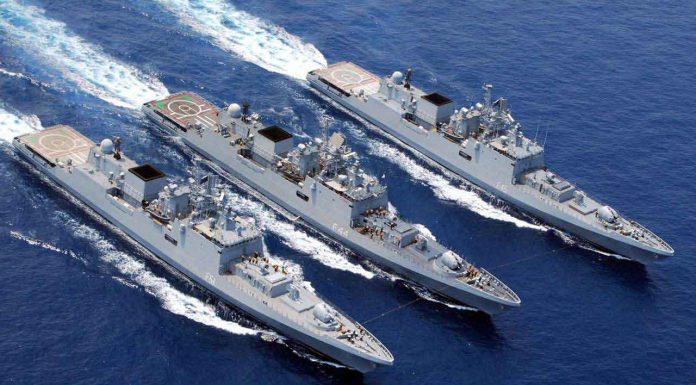With India successfully concluding the Rafale deal in recent times, top American companies have jumped into the fray to supply new aircraft-carrier-borne fighter jets to the Indian Navy.
The latest US offering follows the French Rafale M's operational demonstration in Goa in March and its manufacturers saying that all technical requirements will be met.
The competition to initially supply 26 jets (18 single-seaters and eight twin-seat trainers) to the Indian Navy is being processed under a government-to-government mode, with requests for an operational demonstration sent to the US and French embassies.
The French Rafale M has already conducted a series of trials at the Shore Based Test Facility in Goa and the US F/A 18 Super Hornet will follow suit, with its developers saying that all issues with the aircraft, including the ability to lower it into the hangar of the Indian aircraft carrier, have been resolved.
“Boeing has developed a capability specifically for the F/A-18 Super Hornet that will allow for the faster movement of the aircraft between the flight deck and hangar deck without having to remove or modify any part of the aircraft,” Surendra Ahuja, managing director, Boeing Defense India said.
Ahuja, a former Indian Navy test pilot who retired at the rank of rear admiral, added that the fighter will be able to fit the elevator onboard Indian carriers – a critical requirement for the navy as the current design is suited for smaller aircraft like the MiG 29Ks that are in service.
“This capability is compatible with the current elevator configuration aboard Indian aircraft carriers,” he said.
The French side has also resolved the problem, with a solution that requires removing a part of the wing of the Rafale before it can fit the carrier elevator. It is important to move carrier-borne jets into the hangar for maintenance works as well as to create space for other equipment and aircraft on the flight deck.
The US side says that it has also shared data collected during a shore-based test of the F/A Super Hornet from a ski jump conducted in December 2020 with the Indian Navy. “This extensive data has been utilised to model the performance to demonstrate the ability of the Super Hornet to meet or exceed Indian Navy ski jump requirements ahead of Super Hornet's operational demonstration that will be conducted in Goa within the next few months,” Alain Garcia, vice president, Boeing Defense said.
The Indian Navy currently relies on the Russian-origin MiG 29K fighter jets that can take off from the ski jump flight deck of the INS Vikramaditya as well as the ‘under tests' aircraft carrier Vikrant. The new fighter requirement is for the Vikrant but aircraft available globally are designed to fly with a catapult-assisted launch system.
The ski jump tests being conducted in Goa will determine if these aircraft can be suitable for the Indian Navy requirements.











